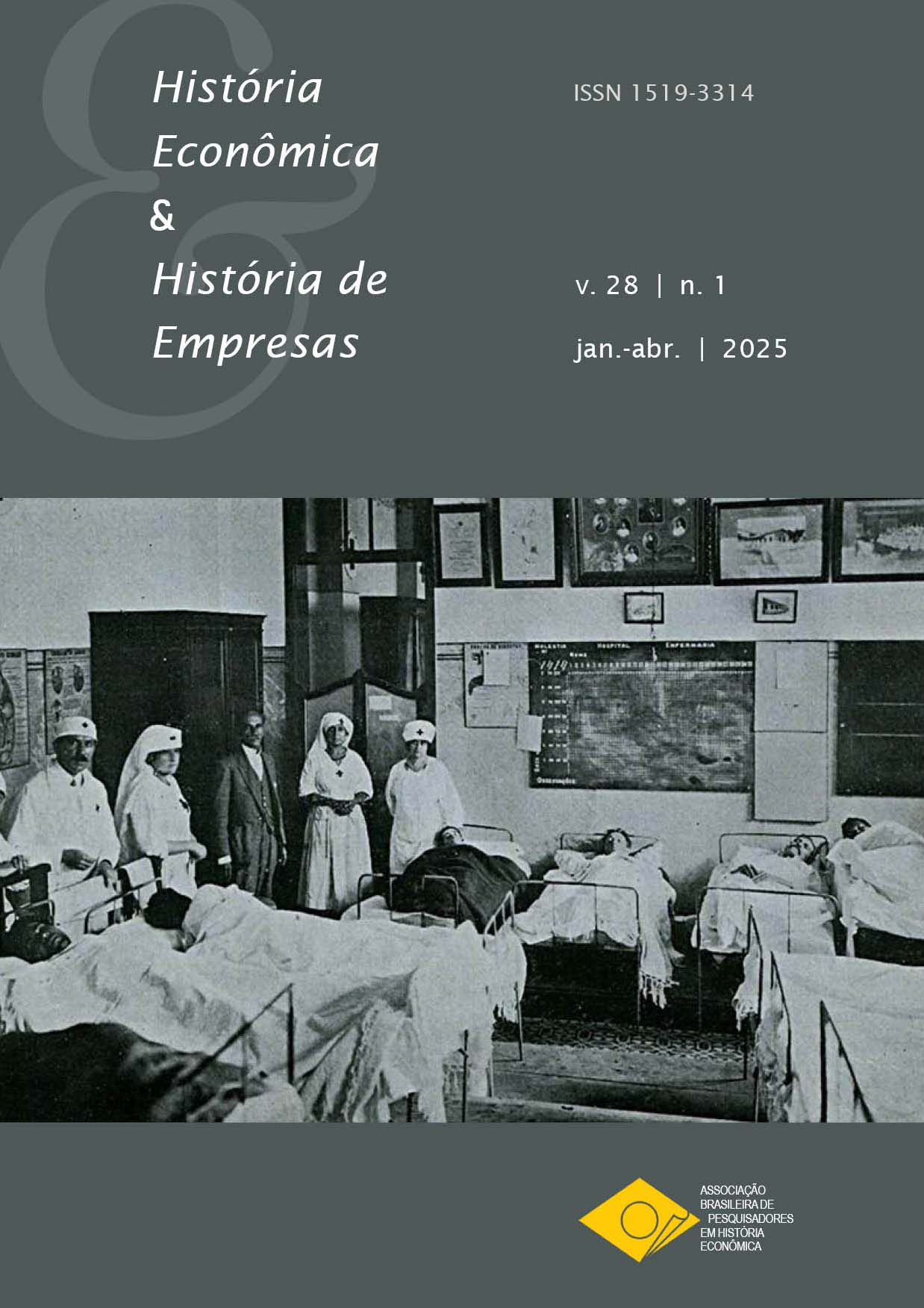Public Finances of the Municipality of São Paulo in the Old Republic (1889-1930)
DOI:
https://doi.org/10.29182/hehe.v28i1.987Abstract
We use an extensive documentary analysis to analyze the public finances of the city of São Paulo from the implementation of the republican regime until 1930. The Brazilian monarchical regime was a unitary state, with a high degree of political centralization and modest local administrative autonomy. The republican regime, established in 1889, opted for a decentralized regime, which granted substantial autonomy to states and municipalities. The capital directly benefited from the autonomy acquired in legislative, financial and fiscal matters. It was also favored in several ways by the economic strengthening of the State of São Paulo, which was becoming the richest state in the country. During the period, the population of the city of São Paulo multiplied by 13, which represents a growth rate of 6.7% per year. During the same period, budget revenue, in pounds, multiplied by 19. This growth required significant investments in the city's urban structure. Investments that in many cases had the support of the State government or resources obtained through loans, the service of which became a very costly item for the municipality at the end of the period under analysis.
Downloads
Downloads
Published
How to Cite
Issue
Section
License
Copyright (c) 2025 Francisco Vidal Luna, Herbert Klein

This work is licensed under a Creative Commons Attribution 4.0 International License.
Os autores mantêm os direitos autorais sobre o trabalho, concedendo à revista apenas o direito de sua primeira publicação. Além disso, têm autorização para assumir contratos adicionais separadamente para a versão do trabalho publicada nesta revista, desde que reconhecida a publicação inicial neste periódico.





